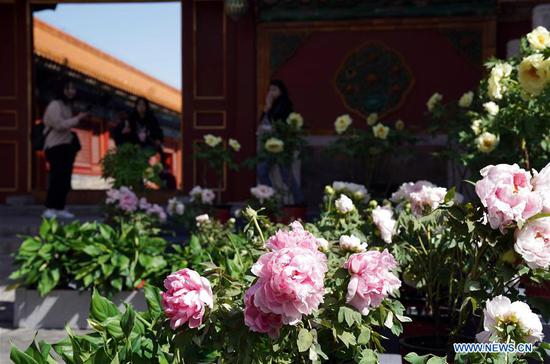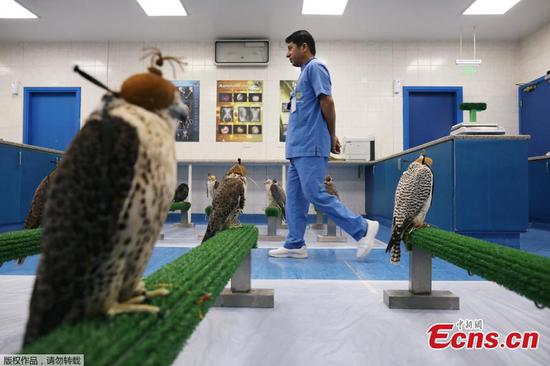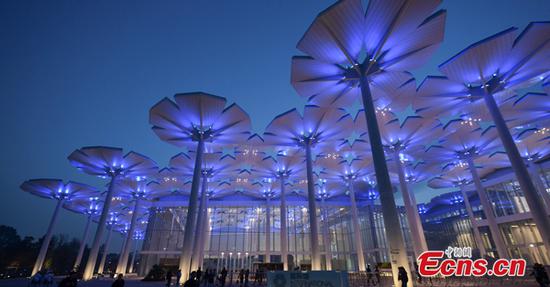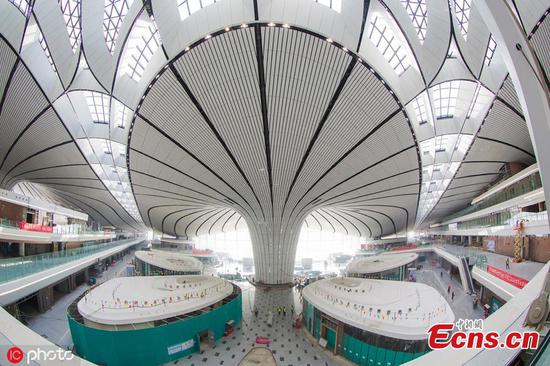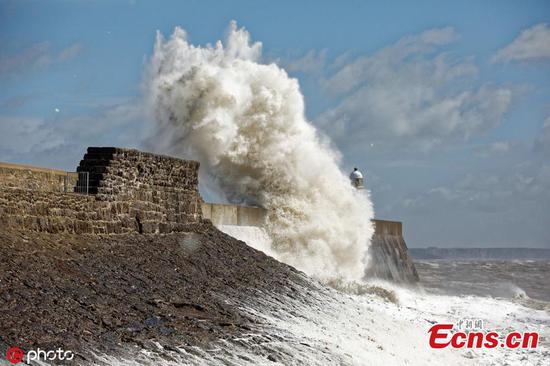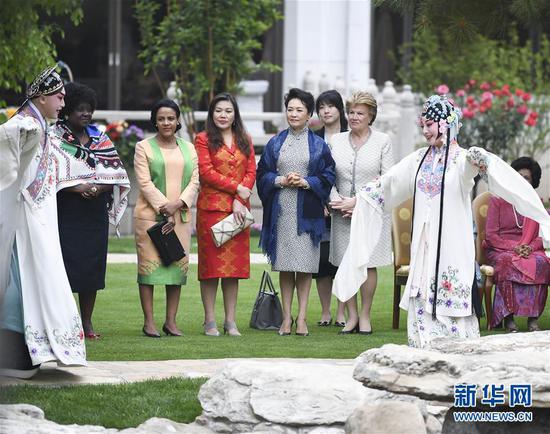
Trips from Tianjin to Japan's Okinawa and Miyako islands and those from Beijing to Vietnam and Singapore enjoyed brisk bookings before the May Day holiday. (Photo/Xinhua)
While still in its infancy, China's cruise market is set to swell over the next decade thanks to a surge in demand and a springboard of favorable policies, Yang Feiyue reports.
The potential for market growth and ongoing government support are putting a rosy complexion on the Chinese cruise market, as bookings with surge ahead of the May Day holiday.
The most popular trips last for five or six days and family bookings are a major market force, says Ctrip's Liu Xiaolyu, a senior executive for the online travel agency's cruise operations.
Trips from Tianjin to Japan's Okinawa and Miyako islands and those from Beijing to Vietnam and Singapore enjoyed brisk bookings before the holiday.
Young people in particular are buying into cruise travel. The number of cruise passengers aged between 18 and 30 for the May holiday has increased by 10 percent compared with the same period of last year, according to a Ctrip report.
Although the country's cruise industry saw a dip in liner and passenger numbers last year, April bookings show Chinese travelers still have an appetite for cruise holidays, Liu explains.
The country's economic and social development and rising living standards have made cruise travel the latest craze for leisure and vacations among Chinese travelers, says Wu Chungeng, a spokesperson for the Ministry of Transport.
The Xiamen International Cruise Terminal in southeastern Fujian province received 32 cruise liner visits over the first three months of this year, an increase of 433 percent compared with the same period last year, the Transport Ministry reports.
Cruise passengers paid 89,300 visits to the port from January to March, a rise of 283 percent.
Last year, China's cruise industry received 2.5 million passengers, a gain of 2.7 percent over the previous year, according to ministry data.
The development of the cruise industry is shifting away from high-speed toward high-quality, according to a report jointly conducted by the Shanghai International Cruise Business Institute.
Although the number of cruise liners berthing at the country's home ports has dipped in recent years, passenger numbers are still rising as larger vessels service the market, the report says.
Another factor buoying up the market are the raft of supporting policies for the cruise industry rolled out by a number of government departments in recent years.
Ten government authorities, including the National Development and Reform Commission and the Transport Ministry, launched a guide document aimed at boosting the country's cruise economy in September.
The favorable policies outlined in the document aim to nurture China's cruise tourism market, upgrade port services, promote cruise and auxiliary industry development and develop talent.
The authorities expect the country's cruise market to become one of the most dynamic in the world by 2035, transporting 14 million passengers annually.
The Shanghai government has plans in place to develop a cruise industry chain over the Yangtze River Delta region by 2022, while the Guangzhou government has earmarked 30 million yuan ($4.47 million) annually to support cruise development and a newly proposed global cruise liner distribution, shipbuilding and repair center.
Qingdao in East China's Shandong province has also launched a series of favorable policies to boost its cruise tourism sector.
The city has simplified the entry procedure for cruise passengers and offered monetary incentives ranging from 100,000 yuan to 3 million yuan to cruise operators, depending on the number of trips they arrange via the city, local authorities say.
Authorities are looking to improve the port's capacity for receiving vessels and plans to upgrade its infrastructure, such as by increasing the number of boarding bridges this year.









